Key Signatures
Here is a list of all of the different key signatures:
-
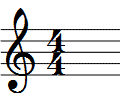
Key of C (no sharps or flats) -
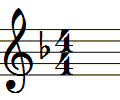
Key of F (1 flat) -
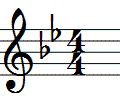
Key of B Flat (2 flats) -
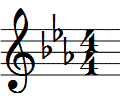
Key of E Flat (3 flats) -
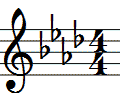
Key of A Flat (4 flats) -
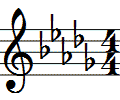
Key of D Flat (5 flats) -
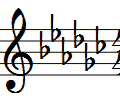
Key of G Flat (6 flats) -
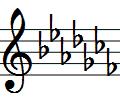
Key of C Flat (7 flats) -
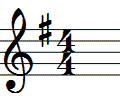
Key of G (1 sharp) -
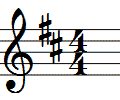
Key of D (2 sharps) -

Key of A (3 sharps) -
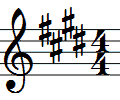
Key of E (4 sharps) -
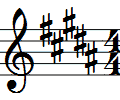
Key of B (5 sharps) -
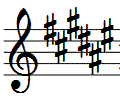
Key of F Sharp (6 sharps) -
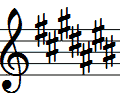
Key of C Sharp (7 sharps)
Tricks to Remember Key Signatures
Flats
For key signatures with flats, the key signature is the second to last flat.
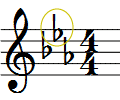
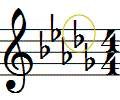
Sharps
For key signatures with sharps, the key signature is the note name half step above the last sharp.



What about the key of C or the key of F?
This little trick will help you quickly determine the name of the key signature when there are multiple sharps or flats in the key signature, but you may have noticed that this trick doesn't work for the key of F or the key of C. Let's discuss what all of these key signatures have in common.
Whole & Half Step Pattern in a Major Scale
In the last lesson, we discussed that the W W H W W W H step pattern is the same for all major keys. The key of C has no sharps or flats because it naturally follows this pattern.

The key of F, for example, has 1 flat (B flat). The B is flatted so that the scale follows the same W W H W W W H pattern.

Here's what it would look like without the B flatted. Notice that the pattern changes, which means that this is no longer a Major scale.



